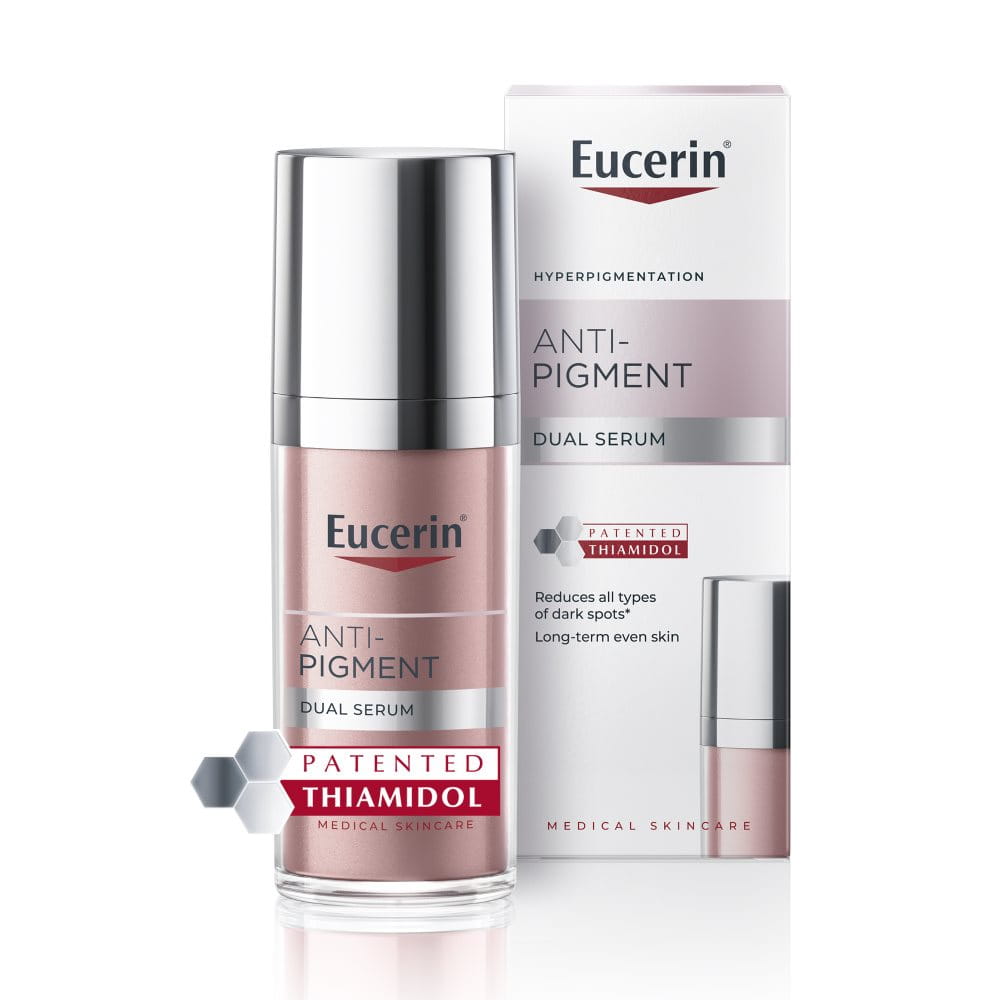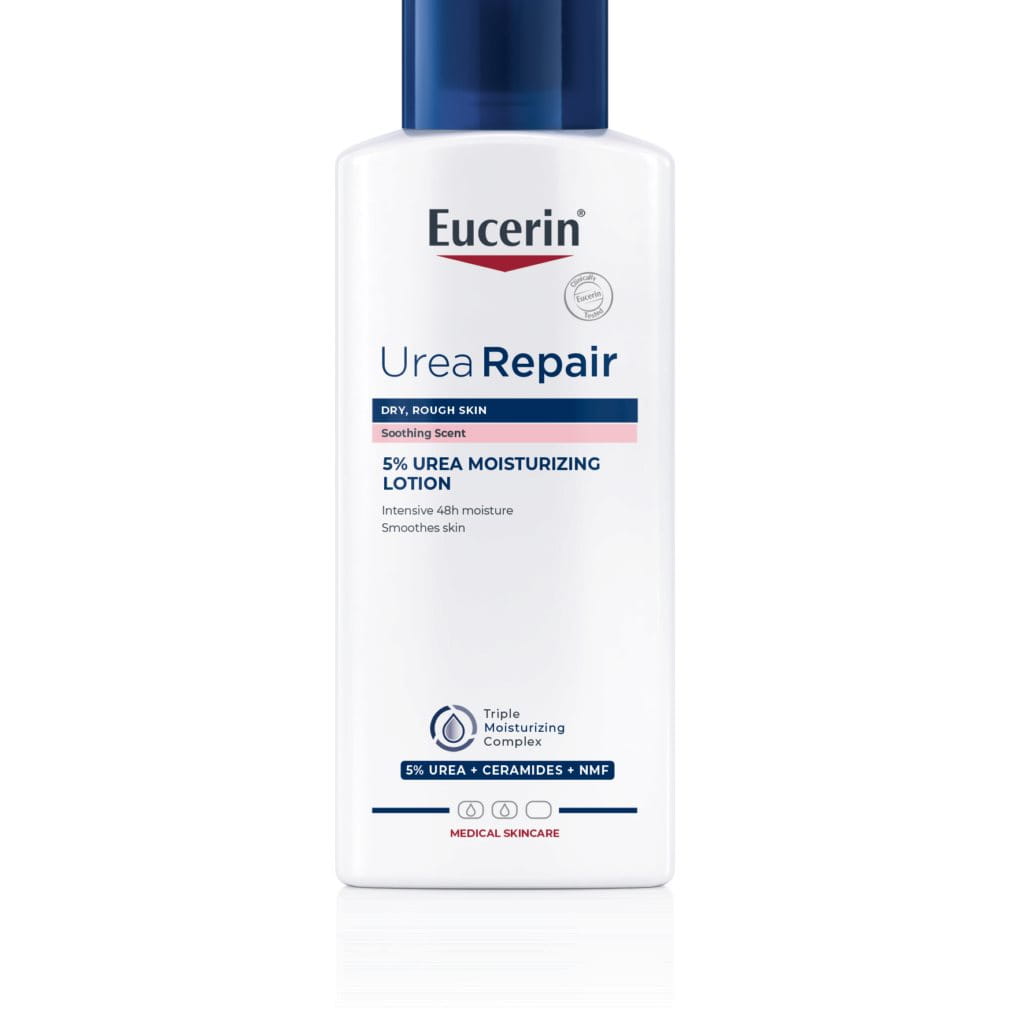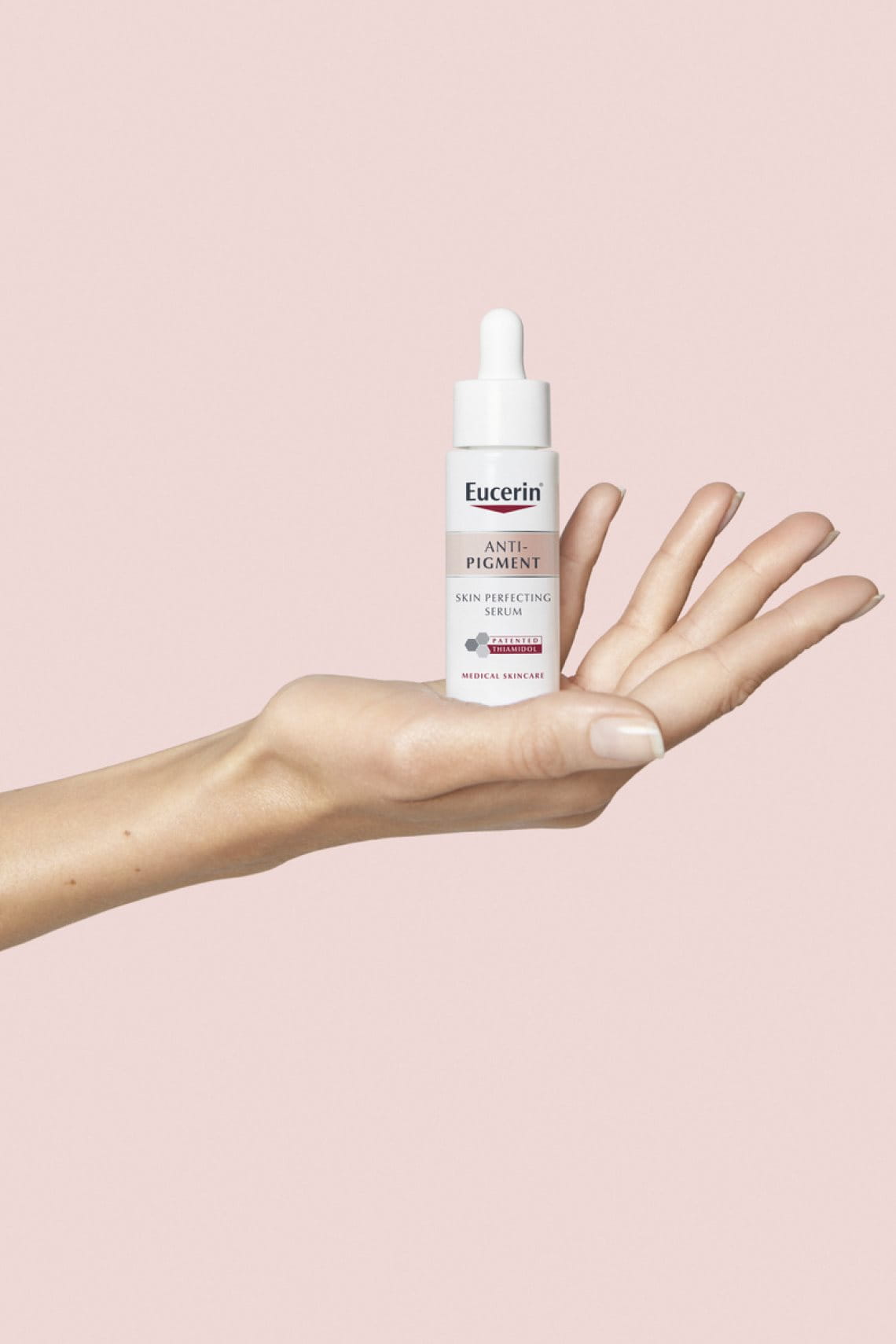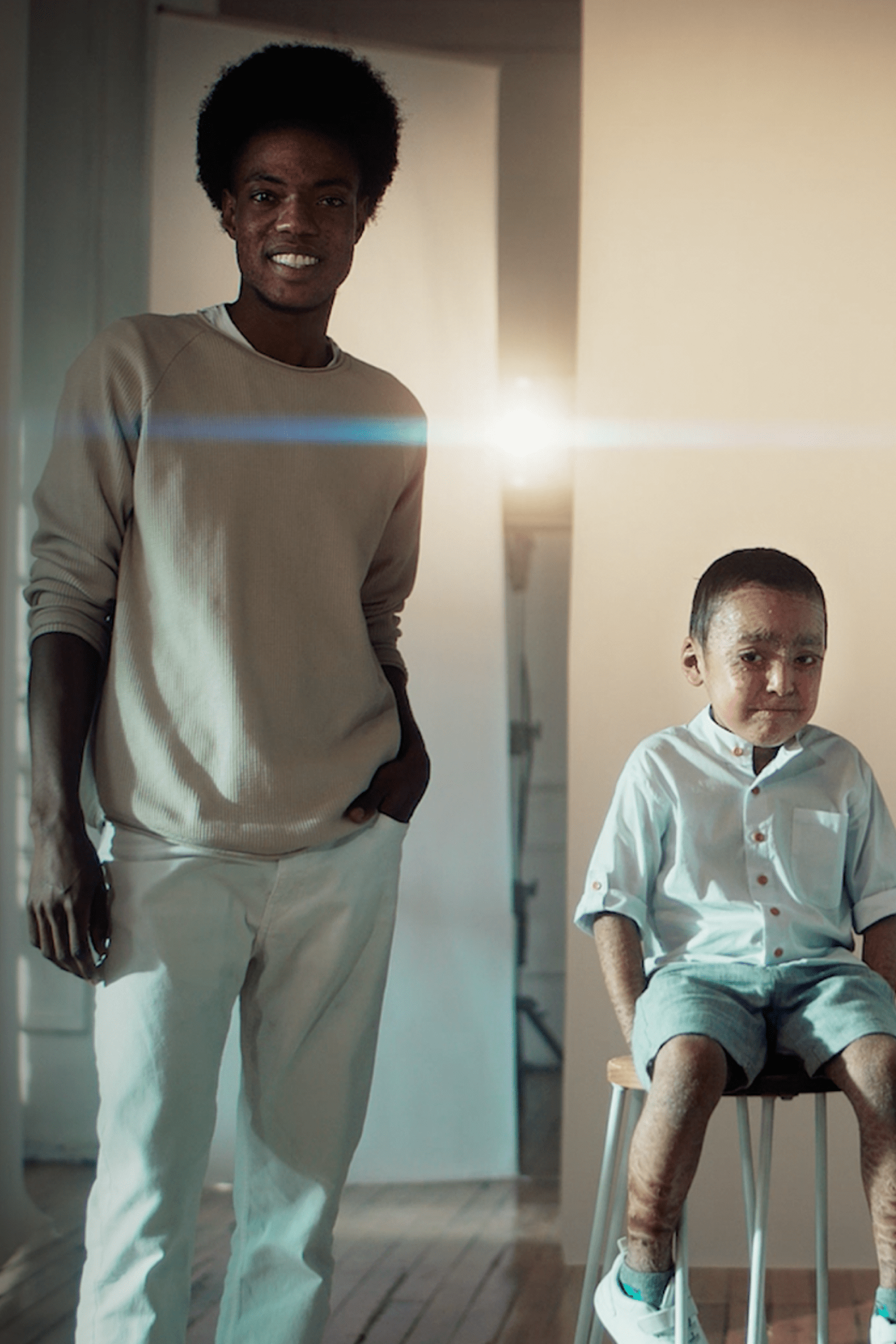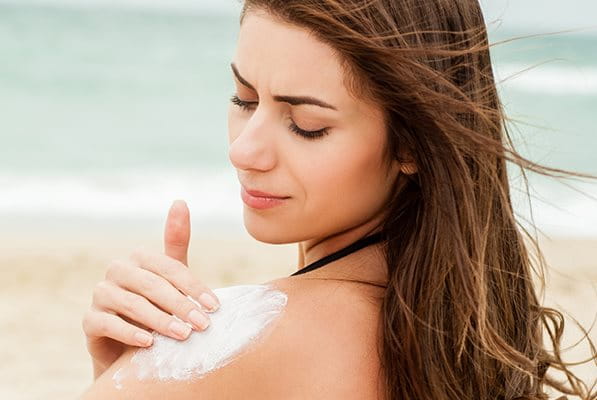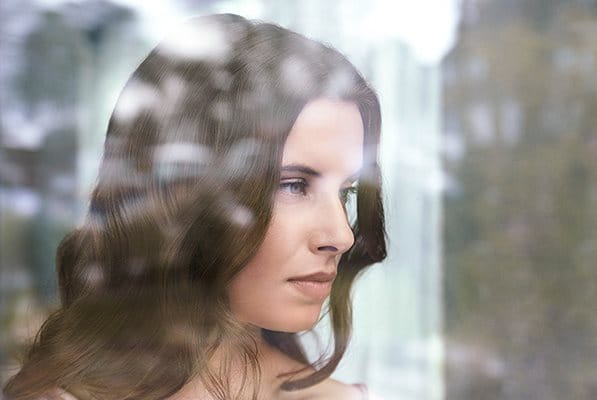Preuzimamo odgovornost. Za vašu kožu. I našu planetu.
Actinic Control
Actinic Control MD SPF 100
Problemi kože
Zaštita od sunca
Ključne prednosti
- Certified medical device with SPF 100 UVB and UVA protection
- Prevents actinic keratosis and non-melanoma skin cancer
- Light texture for everyday use
Pročitajte više
Sastojci
Aqua, Alcohol Denat, Butylene Glycol Dicaprylate/Dicaprate
Saznajte višeKoličina
80 ml
Održivost i životna sredina
Bez mikroplastike (u skladu sa definicijom UNEP)
Sklopiva kutija napravljena od papira sa FSC sertifikatom
Sistem UV filtera bez oktokrilena
O preparatu
A light topical medical device for the prevention of actinic keratosis and non-melanoma skin cancer or as adjunctive treatment of actinic keratosis. With SPF 100 it provides very high UVB and UVA protection. It’s easy-to-apply, light fluid-texture is perfect for everyday use
NART: 83585-06410-00Pročitajte više o našem preparatu
For the prevention of actinic keratosis and non-melanoma skin cancer
Actinic Control MD SPF 100 is a certified medical device for the prevention of actinic keratosis and non-melanoma skin cancer. Furthermore, it serves as an adjunctive treatment for actinic keratosis.
UV-induced DNA damage to keratinocytes can cause actinic keratosis. Actinic keratosis is the most common pre-cancer on the skin, potentially progressing into non-melanoma skin cancer (squamous cell carcinoma) if left untreated.
But the right sun protection can make all the difference.
The high effectiveness of Actinic Control MD comes from its high SPF 100. The higher the SPF, the more UVB-rays are blocked out – which are a major cause of cell damage.
The more UVB-rays are blocked out, the less cell damage the skin will accumulate during sun exposure. An SPF 100 for example blocks out about 99% of UVB-rays.
Additionally, the high SPF 100 can also compensate for sunscreen under-application.
As a light textured fluid, it is suitable for everyday use, making it pleasant to apply, and easy for you to stay protected while enjoying everyday outdoor activities.
Sastojci
Sve sastojke biramo sa velikom pažnjom i nikada ne pravimo kompromis kad je reč o kvalitetu. Saznajte više o glavnim sastojcima ovog preparata.
Sastojci u preparatima našeg brenda se redovno ažuriraju. Iz tog razloga, povremeno može doći do neslaganja između sastojaka na našoj veb stranici i na ambalaži našeg preparata. Stoga preporučujemo da uvek obratite pažnju na informacije na ambalaži našeg preparata i proverite sastojke koji su tamo navedeni.
Pogledajte sve
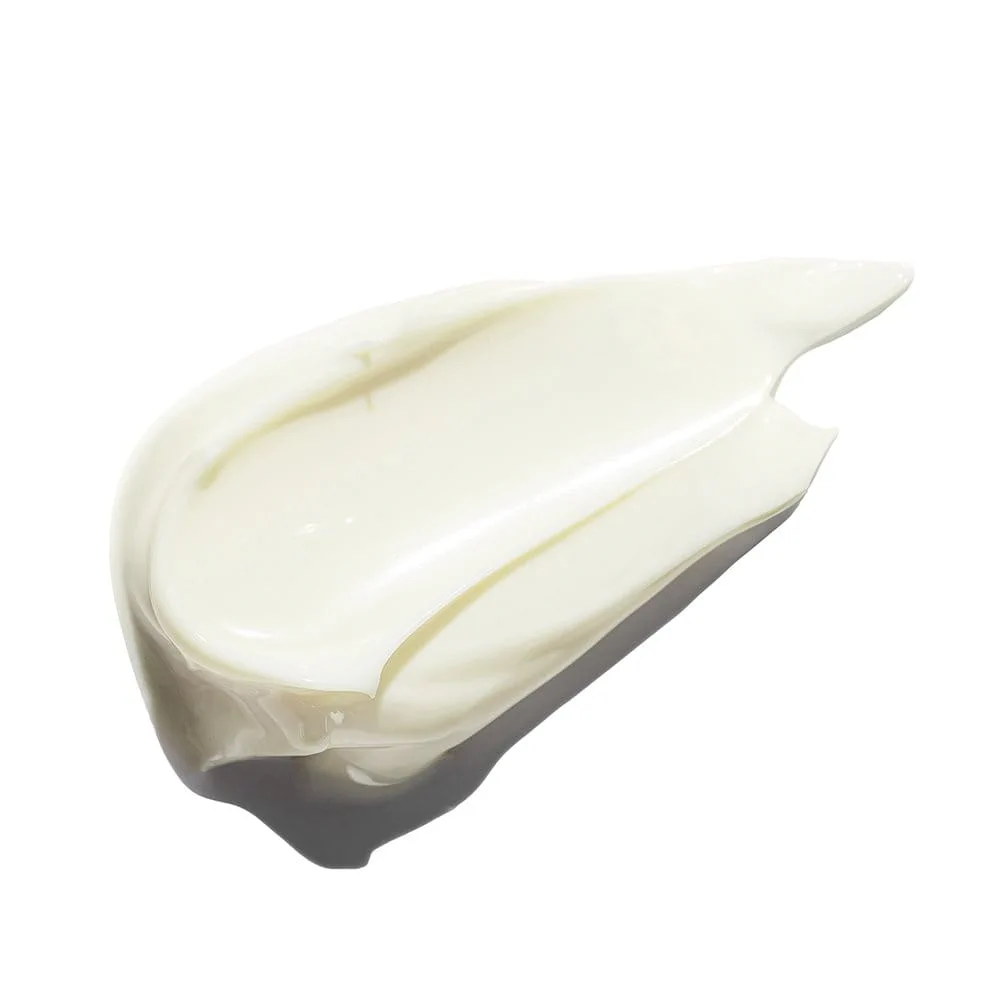
Pogledajte sve

Često postavljana pitanja
What is the difference between UVA and UVB?
UVA rays penetrate the deeper layers of skin. They stimulate the production of free radicals in the skin which cause oxidative stress and can lead to indirect DNA damage where the free radicals modify cellular DNA over time. UVA rays are most commonly associated with photoaging (premature skin aging caused by the sun). They can also trigger sun allergies such as Polymorphous Light Eruption (PLE).
UVB rays provide the energy your skin needs to make Vitamin D and stimulate the production of melanin which is skin’s own protection process to reduce cell damage and is responsible for tanning. UVB rays don’t travel as deeply as UVA rays, penetrating only the outermost layers of skin, but they cause more immediate damage such as sunburn. UVB rays are directly absorbed by cellular DNA which can lead to skin diseases such as actinic keratosis and skin cancer.
Both types of UV can induce hyperpigmentation and may contribute to conditions such as sun spots (also known as age spots) and melasma.
Why is it important to apply and reapply sun protection thoroughly and regularly?
We tend to significantly under-apply protection to vital areas such as the face, neck, head, nose and scalp, which are key areas for over-exposure to harmful UVB and UVA rays. In fact, our study found that men leave 13% of the exposed body’s surface uncovered1 when applying protection.
It is therefore important to apply sun protection evenly to the face and sun-exposed areas of the body. The specified protection factor is only achieved with an applied amount of 2 mg per cm2. Wait for the product to be absorbed first before applying other cosmetic products. Reapply every two hours during sun exposure.
Use finger-length amounts to determine the correct dosage. A finger length equates to roughly two grams of product. Apply as follows:
- Face: ½ finger length ca. 1g
- Neck: ½ finger length ca. 1g
- Scalp: 1 finger length ca. 2g
- Décolleté: ½ finger length ca. 1g
- Per forearm: 1 finger length ca. 2g
- Per back of hand: ½ finger length ca. 1g
1 Internal Beiersdorf study of 2016 on the use of sun protection amongst a sample of 52 (29 women, 23 men)
How can I protect my body from the sun?
Adopting a sensible attitude to the sun is the best way to minimize the risk of sun damage to skin:
- Avoid overexposure to the sun and keep out of direct sunlight during its most intense hours, which is between midday and 3pm.
- Keep skin covered with protective clothing, including a sun hat and glasses, whenever possible.
- Apply sun protection thoroughly, and reapply regularly, to ensure you maintain the level of coverage needed to protect from UV-induced skin damage.
- Remember that sun damage isn’t just for sunbathers. Harmful rays can affect skin even on cloudy days, so any part of your body that is regularly exposed (your neck, face, nose, hands, arms and décolleté for example) should be given appropriate protection all year round.
How do I know if Actinic Control MD SPF 100 is right for my skin?
Use this product if…
- You’re looking for very high sun protection to prevent actinic keratosis or non-melanoma skin cancer.
- You’re looking for very high sun protection as adjunctive to your treatment for actinic keratosis.
Pročitajte članke na ovu temu
